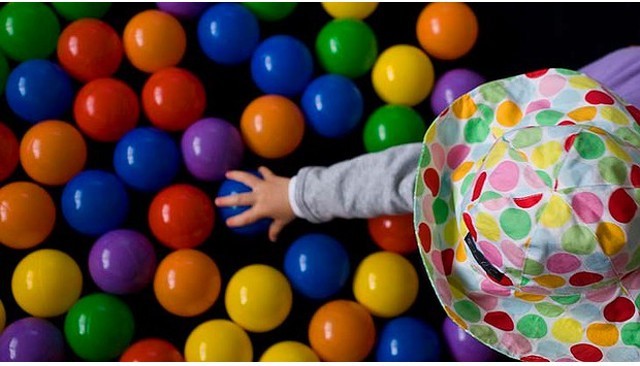The latest snapshot of Australian society has revealed that same-sex couples are better educated than their traditional counterparts, well-employed and increasingly family oriented.
The latest Australian Social Trends report was issued on Thursday by the Australian Bureau of Statistics, and examined the characteristics of same-sex couple families in Australia.
It revealed 33,700 Australian couples were living together in a same-sex relationship, with 17,600 male couples and 16,100 female couples.
There were almost twice as many children living in same-sex couple families as there were in 2001, with most of these children living in female same-sex couple families.
The figures showed 6300 children were living in same-sex couple families in 2011, up from 3400 in 2001.
The analysis showed the occurrence of children living in a same-sex family household was around one in a thousand of all children in couple families.
The report unveiled a trend against traditional housework gender roles, with cooking, cleaning and laundry responsibilities more evenly shared in same-sex couples, unlike opposite-sex couples where women tend to do more than men.
People in same-sex couples tended to be more highly educated than those in opposite-sex couples, with almost double having a bachelor’s degree or higher qualification, according to ABS assistant director of social and progress reporting, Jane Griffin-Warwicke.
“Same-sex couples also tend to have higher labour force participation, higher incomes and move more often than other couples,” Ms Griffin-Warwicke said.
Australian Marriage Equality national director Rodney Croome said the ABS survey could be used to mount a strong argument for marriage equality “because discrimination in the law is currently denying these children the opportunity and benefits of having married parents”.
“The 1300 same-sex couples who have indicated they are already married sends a message that at the very least Australia’s law against recognising overseas same-sex marriages should be repealed,” he said.
“The ABS has acknowledged the actual numbers are likely to be much higher because many same-sex partners don’t want to indicate their relationship status on an official form, or don’t know they can.
“I interpret the increase in same-sex couples as representing an increase in the confidence of same-sex partners to officially indicate their relationship,” he said.
“There are still many same-sex partners who are wary of ticking the box that indicates they are in a relationship, or aren’t aware this is an option, including those from ethnic or lower socio-economic backgrounds.”
The social trends report also appeared to bust the myth of the hard-drinking slacker student, with data showing that university students are spending more time in the gym than at bars.
Said Ms Griffin-Warwicke: “We found that higher education students are actually less likely to smoke or drink at risky levels, and more likely to exercise than other people their age.”
The report shows nearly half of all full-time students aged 15-24 are holding down jobs part-time, whereas older students are more likely to reverse the situation by working full time and studying part time.
The same study also found that most Australian adults – 71 per cent – use a vehicle to get to work or full-time study, and that most prefer to drive alone than opt for the car pool.
Of those who drove themselves, three quarters did not take a passenger with them.
“One of the main reasons people give for driving their cars to work or study is that they can’t access public transport,” Ms Griffin-Warwicke said.
“Over half said lack of public transport services at the right time, or at all, was the reason they used a car.”
Photo: Louie Douvis
Author: Jessica Wright
Publication: The Sydney Morning Herald
Date: 25 July 2013

